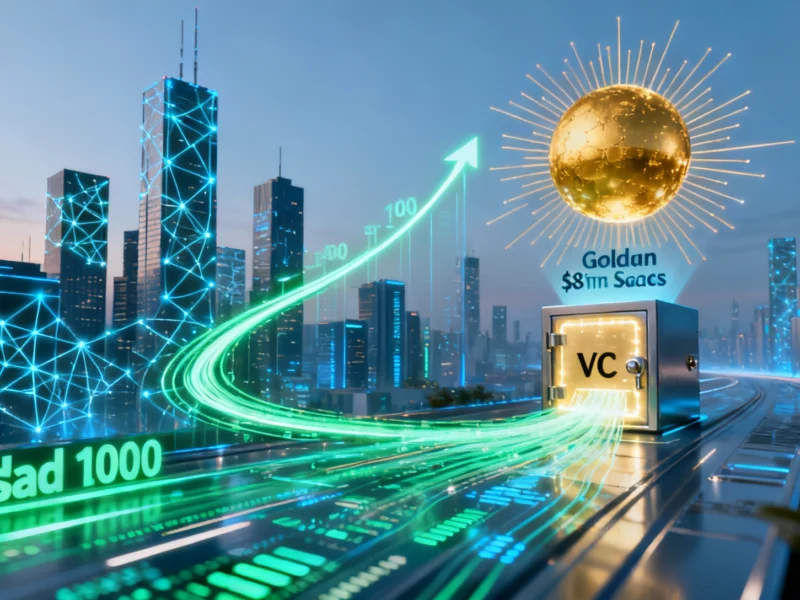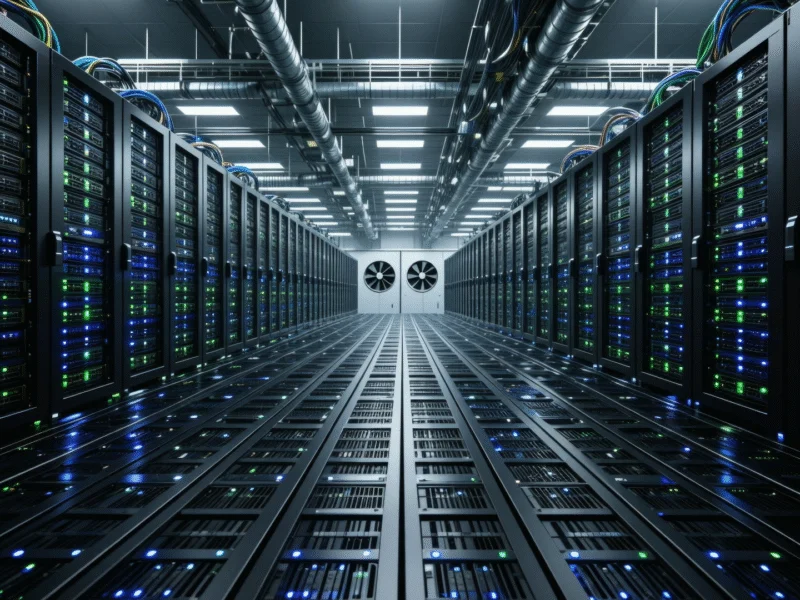AI Investment Surge Continues Amid Bubble Comparisons
Technology stocks continue to show strength despite concerns that the current AI boom bears resemblance to the dot-com bubble of 2000, according to market reports. Futures contracts for the tech-heavy Nasdaq-100 were reportedly up 55% this morning prior to the opening bell, after the index closed up 0.68% yesterday. The index has gained 18% this year despite ongoing debates about market sustainability.
Venture Capital Embraces AI “Bubble” Dynamics
Venture capital firms have directed $161 billion into AI startups this year, with ten companies including OpenAI and Anthropic now collectively valued at $1 trillion, according to Financial Times reporting. Hemant Taneja, CEO of VC firm General Catalyst, was quoted saying “Of course there’s a bubble… Bubbles align capital and talent in a new trend, and that creates some carnage but it also creates enduring, new businesses that change the world.”
This perspective on market dynamics echoes broader discussions about economic transformation, similar to those explored in publications like Jacobin magazine regarding technological revolutions and their societal impacts.
Goldman Sachs Projects Massive AI Value Creation
New research from Goldman Sachs suggests the AI investment boom represents sustainable spending with enormous potential returns. In a note titled “The AI Spending Boom Is Not Too Big,” Joseph Briggs and his colleagues reportedly argued that “anticipated investment levels are sustainable, although the ultimate AI winners remain less clear.”
The Goldman team estimates that artificial intelligence could unlock an $8 trillion present-discounted value from productivity gains in the United States alone, with plausible estimates ranging from $5 trillion to $19 trillion. According to their analysis, “AI investment as a share of US GDP is smaller today (<1%) than in prior large technology cycles (2-5%)."
Hyperscalers Accelerate Capital Expenditure
AI-related capital expenditures are projected to grow dramatically through 2026, according to JPMorgan analysis. Samik Chatterjee and his colleagues reportedly forecast that capex across AI “hyperscalers” will grow 60% this year and another 30% next year.
“On a dollar basis, the growth implies a significant increase of more than +$100 billion of additional datacenter capex in 2025, the largest annual step-up to date, surpassing the record set in 2024,” the analysis stated. Goldman Sachs estimates that Google, Amazon, Microsoft and Meta alone will spend approximately $300 billion on capex this year.
Supply Constraints Signal Early Stage Revolution
Demand for AI infrastructure significantly outstrips supply, according to industry analysis. Daniel Ives of Wedbush reportedly conducted field research in Asia and found that “the demand to supply ratio from enterprises for Nvidia’s next generation GPUs are approaching 10:1,” which he described as “a staggering number which speaks to how early this AI Revolution is in its life cycle.”
This technology surge comes as European markets face volatility and companies like Ørsted scale back renewable energy investments amid broader economic uncertainties. The timing coincides with significant legal developments, including a Supreme Court case addressing voting rights that could impact business regulations.
Sustainable Investment Despite Bubble Fears
Analysts suggest the current AI investment pattern differs fundamentally from previous technology bubbles. The Goldman Sachs team emphasized that productivity gains from properly deployed AI will far exceed current investments, making the spending surge economically justified despite surface-level similarities to historical market frenzies.
Industry observers note that while valuations appear stretched and many leading AI companies remain unprofitable, the scale of potential productivity improvements justifies the capital allocation, suggesting the AI revolution remains in its early innings with substantial growth ahead.
This article aggregates information from publicly available sources. All trademarks and copyrights belong to their respective owners.



